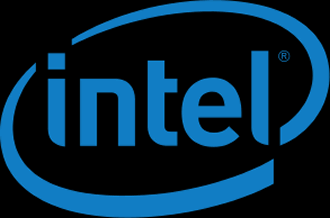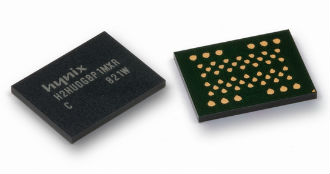 Qualcomm has released four Snapdragons 415, 425, 618, and 620 which tighten its grip on the mobile chip maket.
Qualcomm has released four Snapdragons 415, 425, 618, and 620 which tighten its grip on the mobile chip maket.
All the SoCs support 64-bit, they all connect to 4G LTE networks—the 425, 618, and 620 and can support super-fast 300 megabit per second networks. The last two chips are based around ARM’s new Cortex A72, instead of a more in-house chip design.
The Snapdragon 618 supports a “next generation Adreno GPU,” an integrated category 7 LTE-Advanced modem (300 Mbps download/100 Mbps upload) and dual image signal processors which support 21 megapixel cameras. It also supports HEVC/H.265 video encode and decode.
The Snapdragon 620 is more of the same but with four Cortex A72 cores instead of two word on the street is that it has a better GPU too.
All the chips should be in the shops in the second half of 2015 where they might rule the mid-range market.
Qualcomm has been snuggling up to ARM lately so that it can focus on the other components of the chip, particularly graphics and the various wireless radios. This has meant that it can churn out chips just as the world wants faster, next generation LTE-Advanced networks.
It is clearly in the lead for now, but that is set to change. Samsung’s upcoming Galaxy S6 will have its own designed and manufactured chip under the bonnet. This is because it said it did not like what Qualcomm was doing. Sony and HTC are also dissatisfied and are flirting with chips from MediaTek.
LG’s already working on its own “NUCLUN” chip and there is mutterings that even Intel might have something better.














